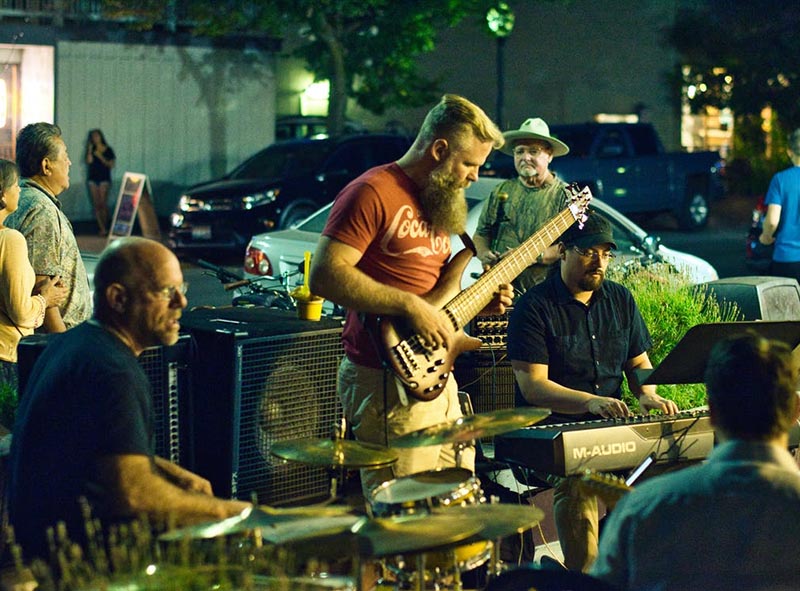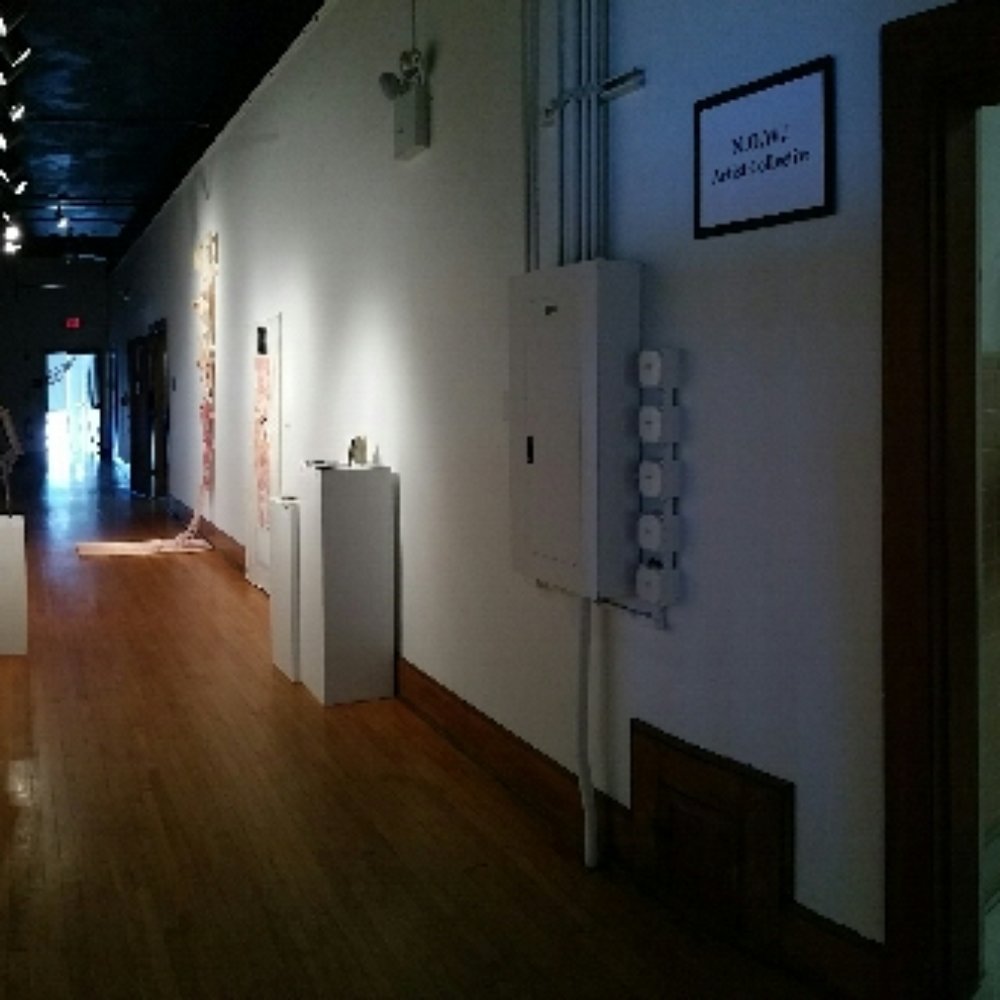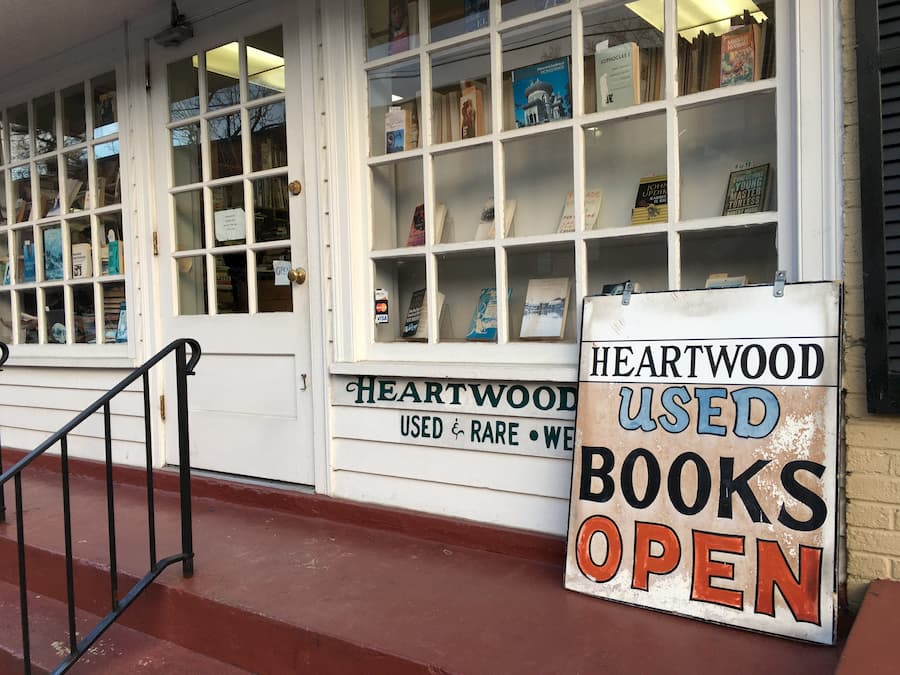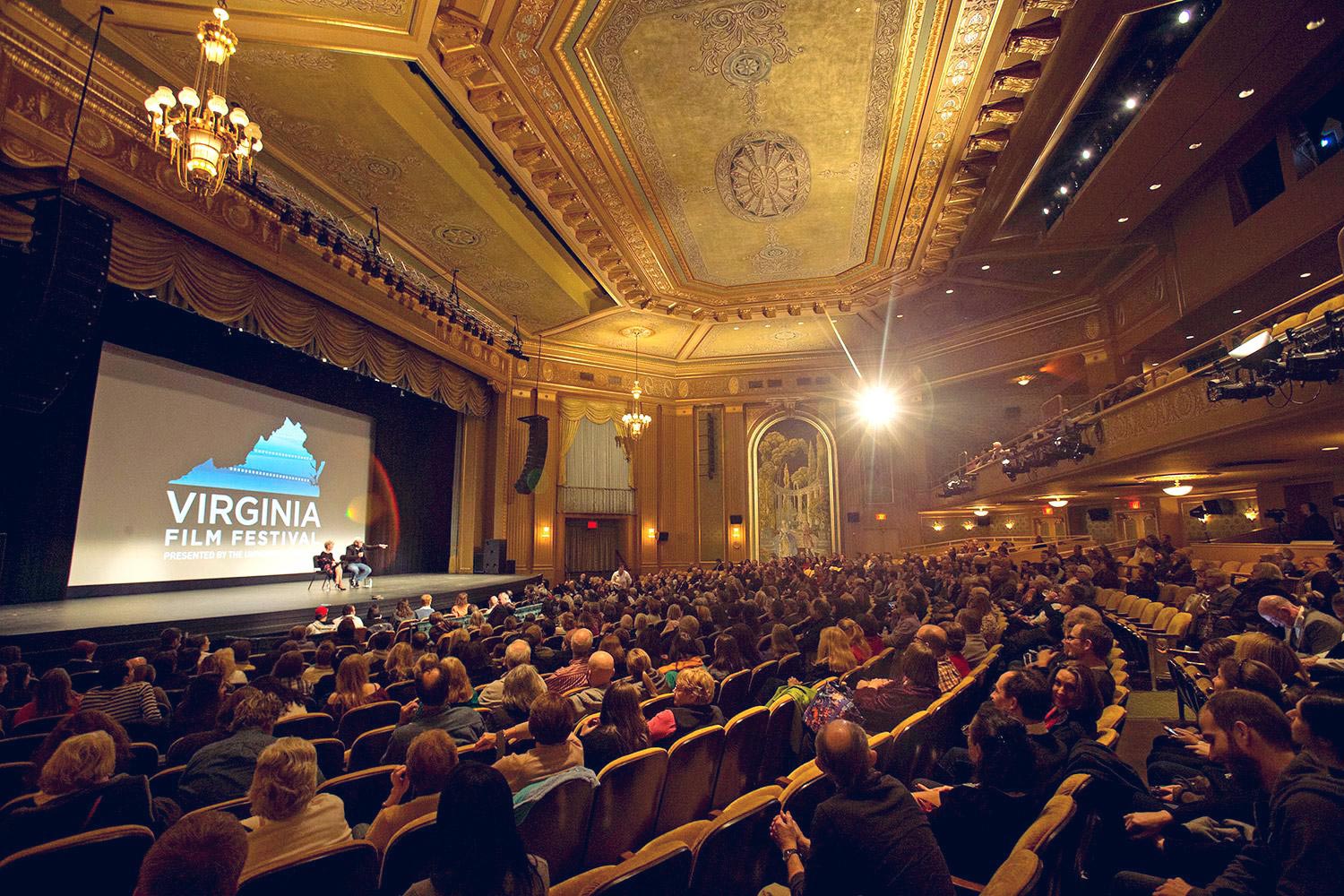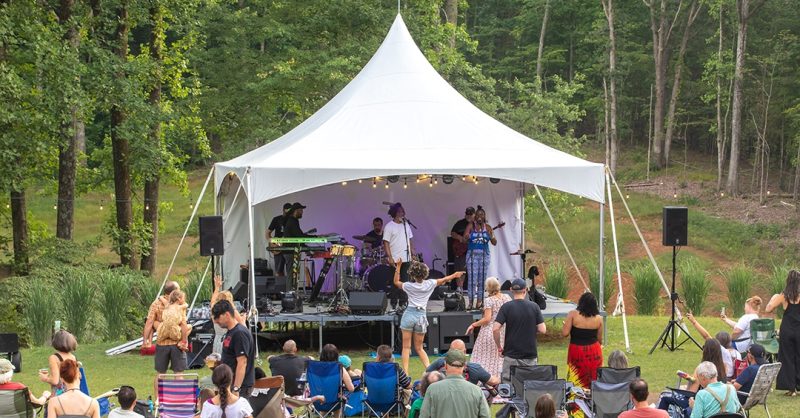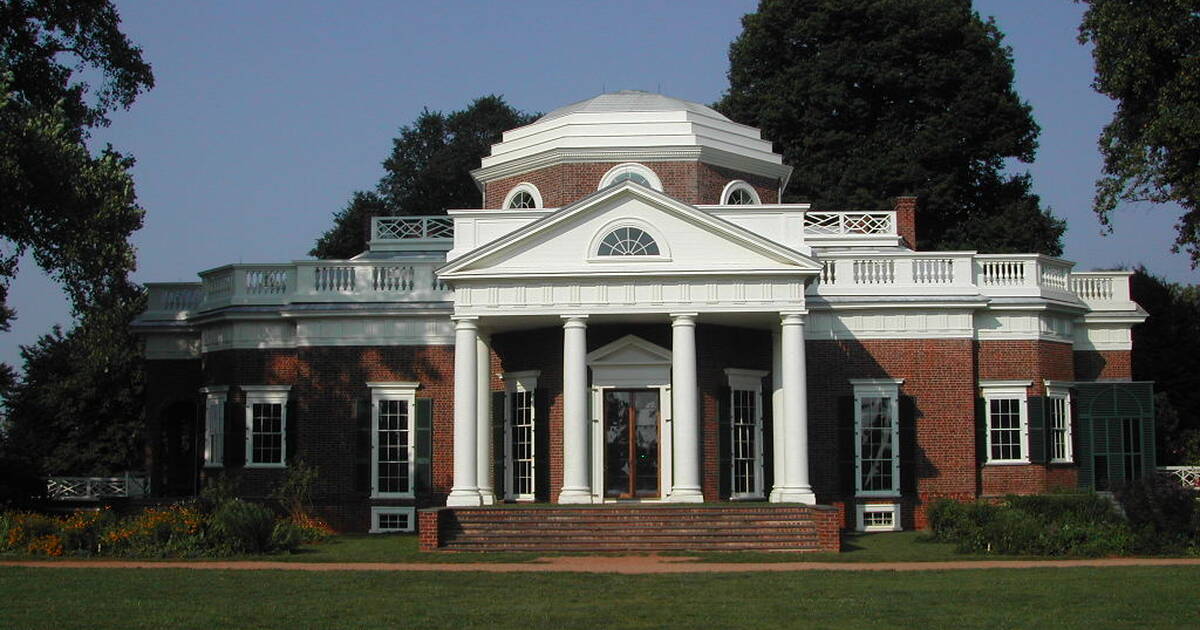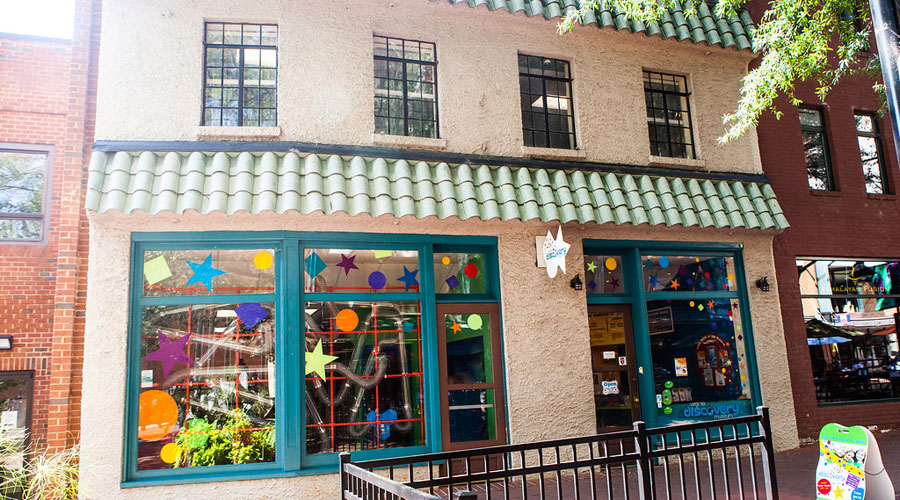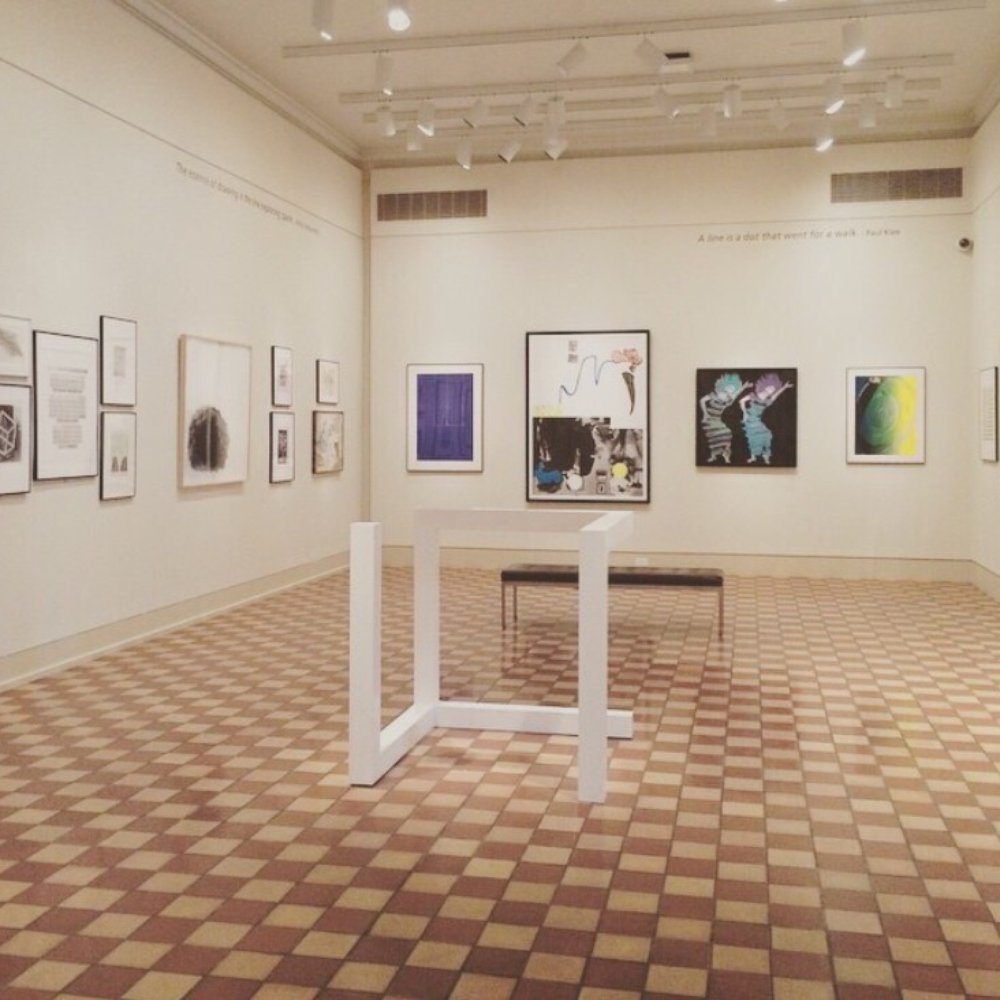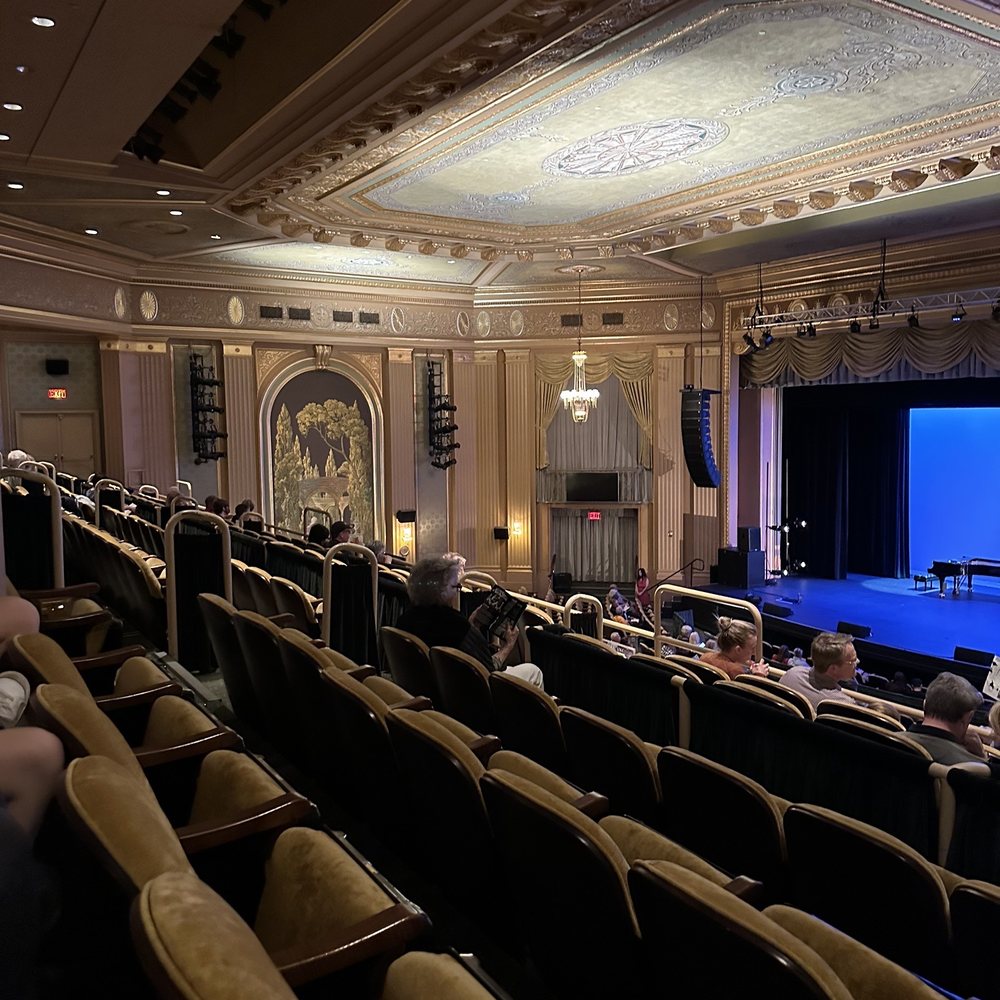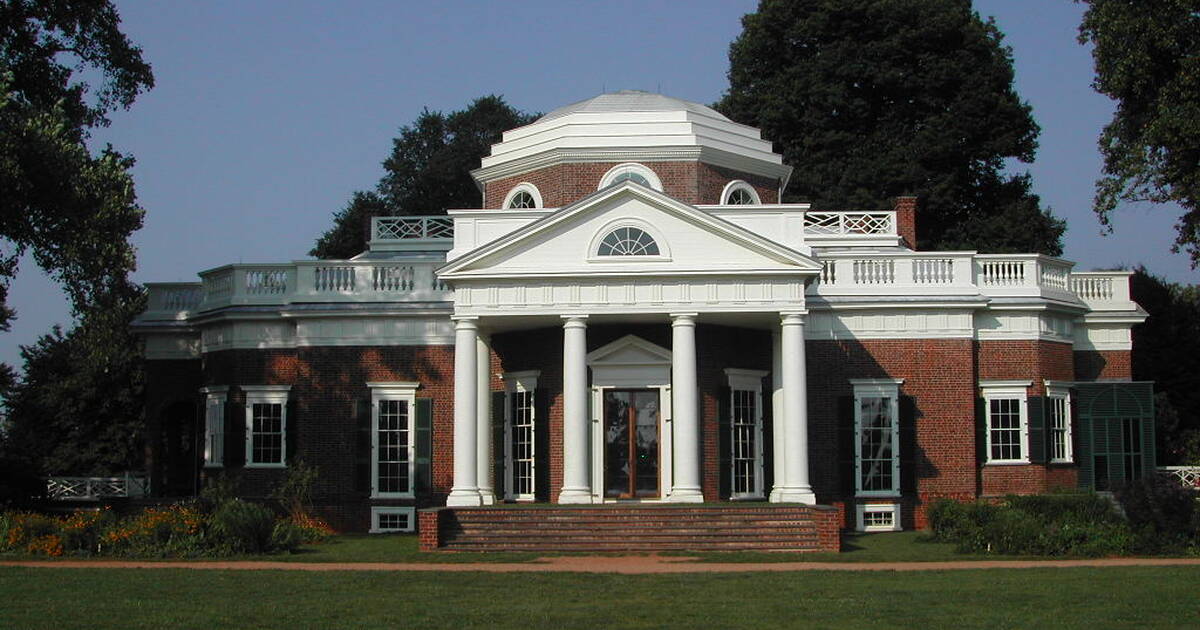
The Brick-and-Mortar Brilliance: A Comprehensive Guide to Charlottesville’s Notable Architecture
Discover the architectural jewels of Charlottesville, Virginia—where history gives life to brick and mortar, constructing a landscape of awe-inspiring buildings with stories told through their designs. Let’s meander through the city’s architectural treasures. This local’s guide will unravel a compelling fusion of neoclassical grandeur, historic charm, and modernistic flair, showcasing the best Charlottesville has to offer to architectural enthusiasts.
The Foundations of Charlottesville’s Architectural Landscape
Charlottesville is more than just a city—it’s a handwritten testament to America’s architectural journey. Much of Cville’s character spills from its buildings, wrapped in layers of architectural history. Step into any part of the city and find yourself witnessing a confluence of architectural styles—Neo-Classical, Georgian, Federaler—that tell tales of over two centuries of architectural evolution:
- Look out for the meticulous details, the diverging lines, and symmetrical patterns adorning buildings throughout the city.
- Enrich your architectural knowledge as you discern the characteristics of different eras etched in Charlottesville’s diverse landscape.
- Immerse in the historic locale where every brick whispers tales of thoughtful design and careful craftsmanship.
The Jeffersonian Cornerstones: The University of Virginia and Monticello
The indelible influence of Thomas Jefferson—third U.S. President—is profoundly etched in Charlottesville’s architectural fabric. His architectural marvels, left embedded in the University of Virginia and Monticello, engross visitors with their sheer brilliance.
The University of Virginia: The Triumph of Neoclassical Design
Designed by Jefferson himself, the University’s Rotunda is the living emblem of the academic village concept. An ideal blend of neoclassical aesthetics and intellectual functionality, it’s one of the finest architectural marvels in Charlottesville.
- The University is laced with serpentine walls, Jefferson’s ingenious adaptation of the ancient Roman technique, reminding us of our architectural roots.
- Marvel at the row of stately Doric, Corinthian, and Ionic columns—an architectural narrative of the eras that have shaped our world.
- Be sure to tour its interiors, featuring four symbolic frescoes by famed painter-architect, Benjamin West. Each represents a different facet of learning and is a testament to the power of art in architectural design.
Monticello: Jefferson’s Architectural Masterstroke
Monticello, a staple in Charlottesville’s architectural landscape, houses Thomas Jefferson’s enduring legacy. A tasteful blend of Neoclassical and Beaux-Arts styles, this estate takes you through timeless architectural techniques:
- Explore the Dome Room, Jefferson’s architectural innovation, and marvel at its painstakingly detailed design, showcasing early 19th-century craftsmanship.
- Pay attention to the unique embellishments, like the mocked double doors that challenge traditional thinking and set new architectural norms.
- The intriguing layout offers hints of Jefferson’s personal life and interests, presenting a rare insight into the life of one of America’s founding fathers.
Court Square: A Date with Historic Architecture
The historic Court Square, brimming with architectural wonders, ensnares its visitors with its timeless appeal. Home to several age-old architectural structures, it offers a sheer treat for those with an eye for architectural details.
Albemarle County Courthouse: A Beacon of Federal-style Architecture
This Federal-style edifice dominating Court Square is an imposing presence. Featuring a Doric column-supported portico and a richly embellished courtroom filled with Greek motifs, the courthouse’s majesty is in its details.
Levy Opera House: An Italianate Spectacle
An architectural masterpiece, the Levy Opera House stands out with its Italianate style. The building features curvilinear brackets lifting the roofline and decorative window hoods, a testimony to the timeless appeal of Italian-inspired designs.
Number Nothing: The 18th Century Aesthetic
An embodiment of the 18th-century architectural aesthetics, the residential building “Number Nothing” flaunts a Flemish bond brickwork façade. The original moldings and fireplaces further enhance the building’s old-world charm, leaving visitors impressed with its authenticity and architectural integrity.
The Downtown Mall: A Showcase of Evolutionary Architectural Patterns
The Downtown Mall, a melting pot of architectural patterns, presents a blend of early 19th-century marvels and modern-day masterpieces. It’s much more than a shopping hub—it’s an architect’s paradise.
The Paramount Theatre: Beaux-Arts Magnificence since 1931
The Paramount Theatre houses a breathtaking example of Beaux-Arts influenced architecture. With its roaring ’20s blade sign lighting up downtown nights and sumptuous interior décor harking back to the early-20th century’s glitz and glamor, this theater is a must-visit for architectural enthusiasts.
The Old Metropolitan Hall: A Bygone Era of Grandeur
This venue, the Old Metropolitan Hall, embodies the elegance of a bygone era. Its Beaux-Arts style converges through a detailed façade featuring intricate floral patterns, grand chandeliers, and plush furnishings, telling stories of a flourishing past.
The Glass House: Striving towards Sustainable Living
Highlighting modern architecture, the Glass House stands in stark contrast to the historic architectural styles of Charlottesville. Known for its innovative design, this energy-efficient marvel embodies Charlottesville’s commitment to sustainable living surrounded by natural beauty.
Rural Charm: The Fresh Country Air and Architectural Grandeur of Edgemont and Castle Hill
Escape to Charlottesville’s outskirts to discover rustic landscapes scattered with historical homes. Destinations like Edgemont and Castle Hill don’t just offer architectural surprises—they also serve as windows opening onto presidential history.
Serene Outskirts: Edgemont’s Georgian Elegance
A few miles away from the city, Edgemont represents a classical Georgian house.
Historic Elegance: Castle Hill
Castle Hill exists as an architectural wonder reflecting a marriage of Georgian and Federal style.
Insight Into The Future: Emerging Architectural Trends
Charlottesville is a city on the move that respects the legacy of its architectural heritage while setting sights on the future.
Charlottesville Design House: A Design Paradise, Once A Year
The annual Charlottesville Design House is an architectural point of interest on the city’s calendar.
Dairy Barns in the South Range: A Blend of History and Modernity
The Dairy Barns of South Range is an idyllic merging of history and modernity.
Wrapping Up: Your Journey into Charlottesville’s Architectural Past, Present, and Future
Charlottesville’s architectural landscape is a stunning blend of historical depth and modern appeal. From the central boulevards to peaceful corners—the city is a mosaic of architectural brilliance awaiting your exploration.
So lace up your boots, grab this local’s guide, and get ready to unearth Charlottesville’s mesmerizing architectural marvels. Who knows, you might even discover your favorite brick-and-mortar gem right around the corner!
